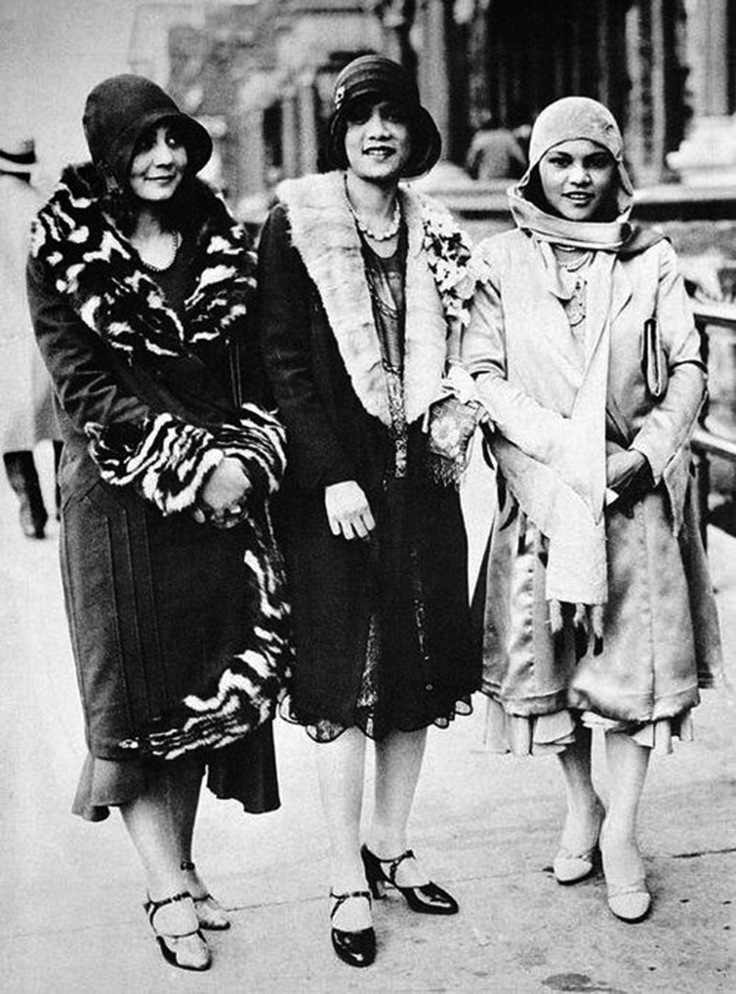The 1920s storybook house, with its whimsical and romantic charm, is a treasure trove of design inspiration. As we step inside these enchanting abodes, we’re transported to a bygone era of elegance and sophistication. The interiors of these homes are a masterful blend of traditional craftsmanship, vintage flair, and cozy comfort. Let’s delve into the captivating world of 1920s storybook house interiors and explore the design elements that make them so irresistible.
The Era of Opulence During the 1920s, the United States experienced a period of unprecedented prosperity, and the storybook house phenomenon was, in part, a reflection of this newfound wealth. As the economy flourished, people began to invest in their homes, seeking to create warm, inviting spaces that reflected their personal style and status. The storybook house, with its emphasis on traditional craftsmanship and attention to detail, became a symbol of the era’s opulence and excess.
Characteristic Design Elements 1920s storybook house interiors are distinguished by a range of characteristic design elements, including:
- Woodwork and Millwork: Intricately carved wooden beams, banisters, and paneling are hallmarks of the storybook style. These elements add warmth, texture, and visual interest to the space.
- Plaster and Stucco: Smooth plaster ceilings and stucco walls provide a backdrop for the ornate woodwork and other decorative features.
- Fireplaces and Hearths: Cozy fireplaces, often adorned with decorative tiles and carved wooden surrounds, are a focal point in many storybook homes.
- Windows and Doors: Multi-paned windows, arched doorways, and decorative shutters contribute to the storybook house’s distinctive charm.
- Lighting Fixtures: Vintage lighting fixtures, such as chandeliers, sconces, and pendant lights, add a touch of elegance and sophistication.
Color Schemes and Patterns The color palette in 1920s storybook house interiors is often characterized by a mix of rich, muted hues and softer, pastel shades. Some popular color schemes and patterns include:
- Earth Tones: Warm beige, sand, and taupe tones provide a natural backdrop for the ornate woodwork and decorative features.
- Blues and Greens: Soft blues and greens, often used in combination with neutral shades, add a sense of calm and serenity to the space.
- Floral Patterns: Delicate floral patterns, typically featuring roses, peonies, or other vintage blooms, are a common motif in storybook house interiors.
- Geometric Patterns: Geometric patterns, such as chevrons and hexagons, add a touch of modernity and visual interest to the space.
Furniture and Decor The furniture and decor in 1920s storybook house interiors are often a blend of vintage and antique pieces, combined with more modern elements. Some characteristic features include:
- Upholstered Furniture: Plush, upholstered armchairs, sofas, and ottomans in rich fabrics like velvet and linen provide comfort and elegance.
- Wooden Furniture: Intricately carved wooden furniture, such as coffee tables, side tables, and dining sets, add to the home’s traditional charm.
- Vintage Accessories: Vintage accessories, like antique vases, metalware, and decorative objects, contribute to the storybook house’s unique character.
- Rugs and Throws: Plush area rugs and throws in rich, muted colors add warmth and texture to the space.
When designing a 1920s storybook house interior, it's essential to balance the desire for authenticity with the need for modern functionality. By incorporating vintage and antique elements, while also incorporating more contemporary features, you can create a space that is both nostalgic and livable.
Modern Interpretations While the 1920s storybook house style is deeply rooted in tradition, it’s not uncommon to see modern interpretations of this classic aesthetic. Some ways to incorporate storybook elements into a contemporary design include:
- Mixing Old and New: Combine vintage and antique pieces with more modern furniture and decor to create a unique, eclectic look.
- Updating Traditional Materials: Use traditional materials, like wood and stone, in innovative ways to create a fresh, modern aesthetic.
- Playing with Proportion: Experiment with scale and proportion to add visual interest and create a sense of drama in the space.
What are some key characteristics of 1920s storybook house interiors?
+1920s storybook house interiors are characterized by intricate woodwork, plaster and stucco walls, cozy fireplaces, and vintage lighting fixtures. They often feature a mix of rich, muted hues and softer, pastel shades, as well as delicate floral patterns and geometric motifs.
How can I incorporate storybook elements into a modern design?
+To incorporate storybook elements into a modern design, try mixing old and new pieces, updating traditional materials, and playing with proportion. You can also use vintage accessories and decorative objects to add a touch of storybook charm to your space.
What are some popular color schemes and patterns used in 1920s storybook house interiors?
+Popular color schemes and patterns used in 1920s storybook house interiors include earth tones, blues and greens, floral patterns, and geometric motifs. These elements can be combined in a variety of ways to create a unique and captivating aesthetic.
In conclusion, the 1920s storybook house interior is a design treasure trove, offering a unique blend of traditional craftsmanship, vintage flair, and cozy comfort. By incorporating characteristic design elements, such as intricate woodwork, plaster and stucco walls, and vintage lighting fixtures, you can create a space that is both nostalgic and livable. Whether you’re designing a new home or renovating an existing one, the storybook style is sure to inspire and delight.



